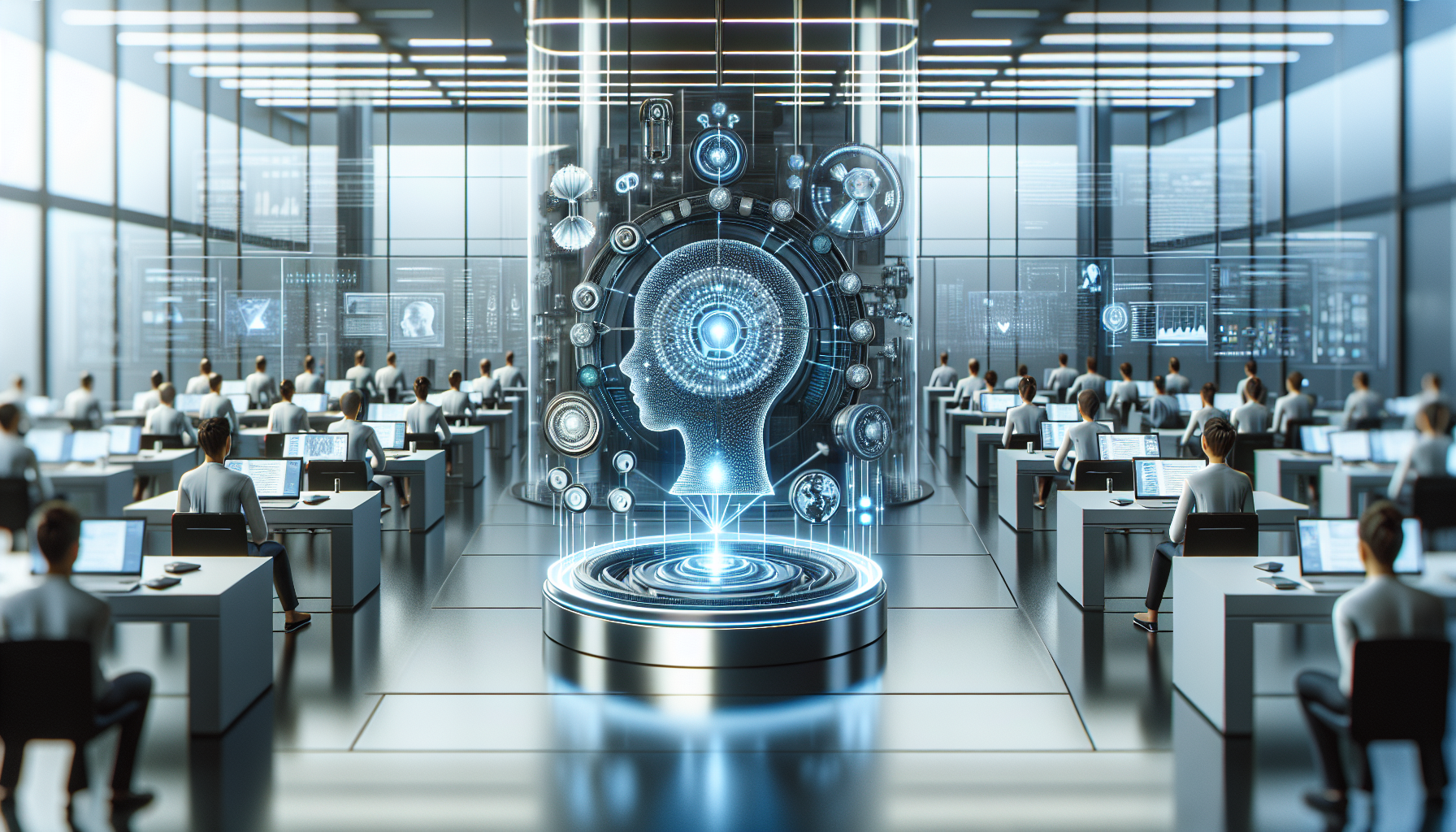
AI in Food Technology: A Critical Examination of Farm-to-Table Innovations
April 15, 2025
Artificial intelligence, heralded as a groundbreaking force in various sectors, has found fertile ground in food technology. From optimizing crop yields to enhancing supply chain efficiency, AI is reshaping the journey from farm to table. However, as we delve deeper into these innovations, it’s crucial to critically assess whether this technological evolution truly delivers on its promises or merely serves as a digital patch over systemic issues.
One of the most touted benefits of AI in agriculture is its ability to predict weather patterns and optimize planting schedules. AI-driven models analyze vast datasets, purportedly enabling farmers to make informed decisions that could lead to increased yields. Yet, this presupposes access to reliable data and the resources to act upon it. Small-scale farmers, particularly in developing regions, often lack the infrastructure necessary to leverage these insights, widening the gap between large agribusinesses and traditional farms. Thus, rather than democratizing access to agricultural advances, AI may inadvertently bolster existing inequalities.
Furthermore, AI's role in pest management and crop monitoring is often highlighted as a game-changer. Drones equipped with AI can scan fields, identifying areas of concern with pinpoint accuracy. However, the reliance on such technology raises questions about data privacy and the potential for surveillance overreach. Who owns the data collected by these drones, and how might it be used beyond its immediate agricultural application? The ethical implications of such data collection remain largely unexamined, leaving a gaping hole in the discourse around AI in agriculture.
As food products make their way from farms to markets, AI steps in once again, ostensibly streamlining logistics and reducing food waste. Algorithms can predict demand more accurately, helping retailers manage inventory and reduce spoilage. Yet, these systems often prioritize efficiency over the broader implications of their recommendations. For instance, AI might suggest the quickest route for transport, ignoring environmental concerns such as emissions or the impact on local communities. Moreover, the focus on minimizing waste at the retail level does little to address the root causes of food waste, such as overproduction and consumer behavior.
In the realm of food processing and safety, AI promises to revolutionize quality control by detecting contaminants more swiftly and accurately than human inspectors. This potential improvement in food safety standards is certainly enticing. However, reliance on AI for such critical tasks raises the stakes for technological failure. A malfunction or oversight in the algorithm could lead to widespread health risks, underscoring the need for robust checks and balances that blend human oversight with machine precision.
The integration of AI in food technology also extends to consumer interaction. Smart kitchens and AI-driven recipes personalize culinary experiences, promising convenience and customization. Yet, the commodification of cooking raises concerns about the erosion of cultural food practices. As AI systems prioritize efficiency and personalization, there's a risk that traditional culinary knowledge and communal aspects of cooking are sidelined, replaced by algorithmically generated suggestions.
Moreover, the economic implications of AI in food technology cannot be ignored. While AI could potentially reduce labor costs and increase productivity, it may also lead to job displacement. Workers across the food supply chain, from field laborers to retail clerks, face the threat of obsolescence as AI systems increasingly assume their roles. This transition necessitates a rethinking of workforce strategies and a commitment to retraining programs, lest we allow technological advancement to exacerbate unemployment and social instability.
In sum, the narrative surrounding AI in food technology is one of both promise and peril. While the potential benefits are significant, they are not without significant caveats. The integration of AI must be approached with caution, considering not just the immediate gains but also the broader societal and ethical implications. As we forge ahead, it is essential to ask not just what AI can do for food technology, but who benefits from these innovations and at what cost. The conversation must expand beyond efficiency and productivity to include sustainability, equity, and cultural integrity. Only then can we ensure that AI's role in food technology truly serves the greater good.


